Currently I am messing around with swift and dynamic table cell heights. I developed a simple app for iOS8.1 on xcode6.1: https://github.com/ArtworkAD/DynamicCellTest
So to achieve a cell height that stretches with the cell's content I do the following:
- in storyboard set label lines to 0
- set labels font to system
- set constraints for label in cell
- add
self.tableView.rowHeight = UITableViewAutomaticDimension - don't override
heightForRowAtIndexmethod
Minimal code is needed:
class MyTableViewController: UITableViewController {
var entries:Array<String> = [String]()
override func viewDidLoad() {
super.viewDidLoad()
//create dummy content
var i = 0
while i < 10 {
entries.append("\(i) Lorem ipsum dolor sit amet, consetetur sadipscing elitr, sed diam nonumy eirmod tempor")
entries.append("\(i+1) Lorem ipsum dolor sit amet")
i = i + 2;
}
self.tableView.rowHeight = UITableViewAutomaticDimension
}
override func tableView(tableView: UITableView, numberOfRowsInSection section: Int) -> Int {
return self.entries.count
}
override func tableView(tableView: UITableView, cellForRowAtIndexPath indexPath: NSIndexPath) -> UITableViewCell {
let cell = self.tableView.dequeueReusableCellWithIdentifier("basic_cell", forIndexPath: indexPath) as UITableViewCell
var label = cell.viewWithTag(13)
if let unwrappedLabel = label as? UILabel {
unwrappedLabel.text = self.entries[indexPath.row]
}
return cell
}
}
The left image shows the result of the above code. The cell height grows with the content of the label, all nice. However when you click on the disclosure indicator to the detail view and move back again, you get the right image. Why is this happening??

A bad solution for this problem is to override this methods:
override func viewWillDisappear(animated: Bool) {
super.viewWillDisappear(animated)
self.tableView.reloadData()
}
override func viewDidAppear(animated: Bool) {
super.viewDidAppear(animated)
self.tableView.reloadData()
}
override func viewDidDisappear(animated: Bool) {
super.viewDidDisappear(animated)
self.tableView.reloadData()
}
This way the above problem is solved, but this solution seems not right? A side effect of it is, that when self.tableView.reloadData() is called the table view port jumps to the first cell which doesn't look nice.
Does anyone has an idea what I am doing wrong? Feel free to clone my repo https://github.com/ArtworkAD/DynamicCellTest and test it out.
